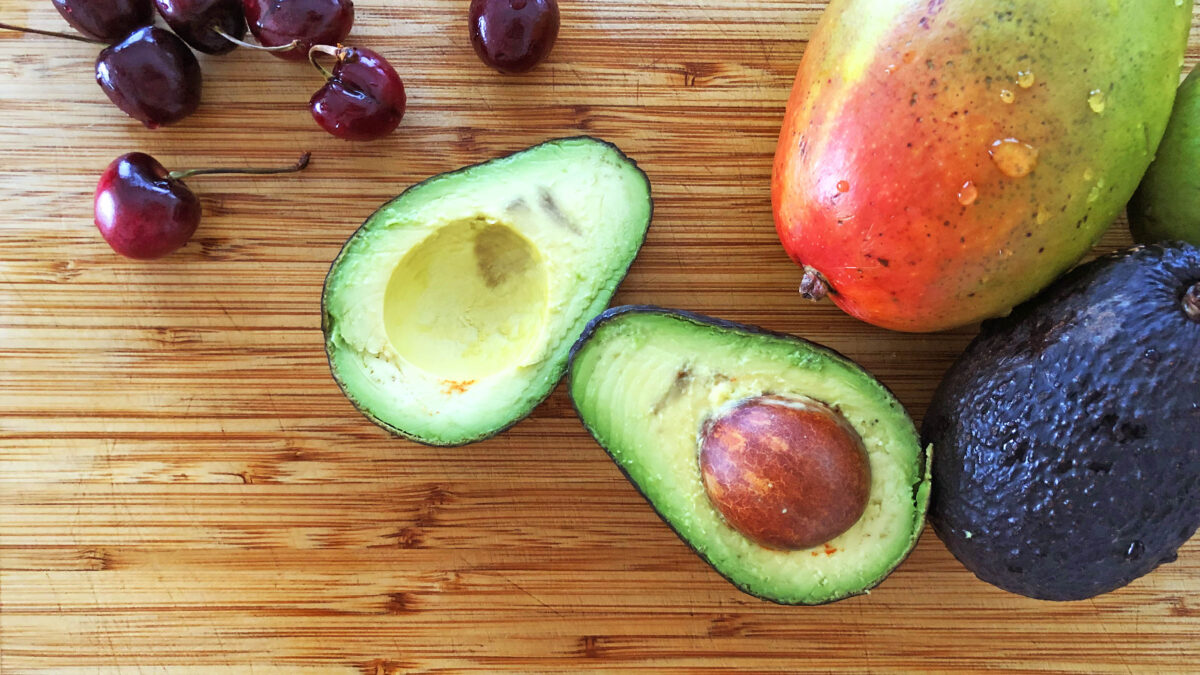Like plant seeds designed to attract their animal couriers, creative changemakers must also be intentional in packaging their big ideas.
Ben Young Landis and José G. González
June 22, 2021
Are your seeds of creative change delicious, durable, and dispersible?
As self-employed businesses, independent creatives must evolve to thrive in a parched yet competitive environment. Whether you’re a writer, designer, or social impact leader, you only have so much time and energy in a day to work on your projects, forage for new ones, and advertise your good work and worth to the world. Like organisms caught in the everyday battles against natural selection, so too must the solo creative produce and adapt — or perish.
But like organisms in the natural world, we creatives can survive these pressures through efficient and beautiful design. And one natural example we can learn from? The dispersal strategies of plant seeds.
Plants like their seeds to spread far and wide — to maximize new ground, take root, and carry on their genetic identity. Species like the dandelion have evolved light, wispy fuzz on their seeds to ride the air, while coconut and mangroves have floating seeds designed to drift away at sea before settling on some other shore. These plants are adapted for wide dispersal — although their fate is left up to the elements.
Then there are plants that evolved to strategically seek out animal collaborators — and this is where we truly find our metaphors for creative changemaking.
The diversity of plant seed packaging and their corresponding animal agent is incredible. Some plants — like the cocklebur that persist in yards and farm fields — have seeds with tough, hooked spikes that catch and cling tightly to animal fur, traveling as livestock and wildlife go. Others encase tough, solid seeds in delicious, digestible flesh — tempting fishes, birds, and beasts to gorge themselves on them, then depositing those seeds at some later time and place with an additional gift of nutritious fertilizer.
We know these, of course, as fruits — each as cleverly designed for animal attraction as they are delicious. Low-growing bushes like raspberries pack multiple seeds into small, sweet fruits to entice a wide variety of eaters, while taller trees like mango and guava ripen with sweet-smelling flesh to target fruit bats that can find and reach these treats at night. And why does the avocado have such a gigantic seed? Plants like avocados and the Osage-orange evolved during the time of giant ground sloths and mammoths — made to lure and endure the gut of the largest of creature couriers.
The parallels here are clear. As creative changemakers, we too seek audiences to consume our big ideas and maximize social impact — without draining personal costs and time. Yes, we can cast our ideas into the wind and seas and hope that society will take them up. But we can do even better by packaging our creations with design and intention to attract our audiences, enticing them as collaborators and couriers — and encouraging them to spread and propagate our creative and philosophical DNA.
To be dispersible, we can make our writings, workshops, and programming as sticky as possible, creating messaging and concepts that hook and cling to the minds of our audience long after initial contact. To be durable, we can nest our ideas within conceptual frameworks, worksheets, and other user interfaces that are incorruptible over time, faulty translation, and natural degradation of memory. And how to make our ideas delicious? We must connect with our audience in accordance with their cultural contexts and signals. When we match our delivery with the emotions, cares, worries, and aspirations of each target audience, we are welcoming their participation in our innovation — and not forcing them into reactionary resistance.
Delicious. Durable. Dispersible. These are the simple adaptive traits we can incorporate into our product designs, strategic communication, and business strategies to work smarter today and save time tomorrow. We independent creatives already pour our heart and soul into our mission and work — so let’s make sure our creative seeds of change have every inventive evolutionary advantage to thrive and persist in this big, busy, wild world.
Ben Young Landis (@younglandis) is a writer, creative consultant, and science communication trainer based in Sacramento, California. José G. González (@JoseBilingue) is a writer, artist, and facilitator, and the founder emeritus of U.S. nonprofit organization Latino Outdoors.
“In Writing” presents original essays and commentary. Subscribe to updates at eepurl.com/glGnln or follow @cr8xt.

